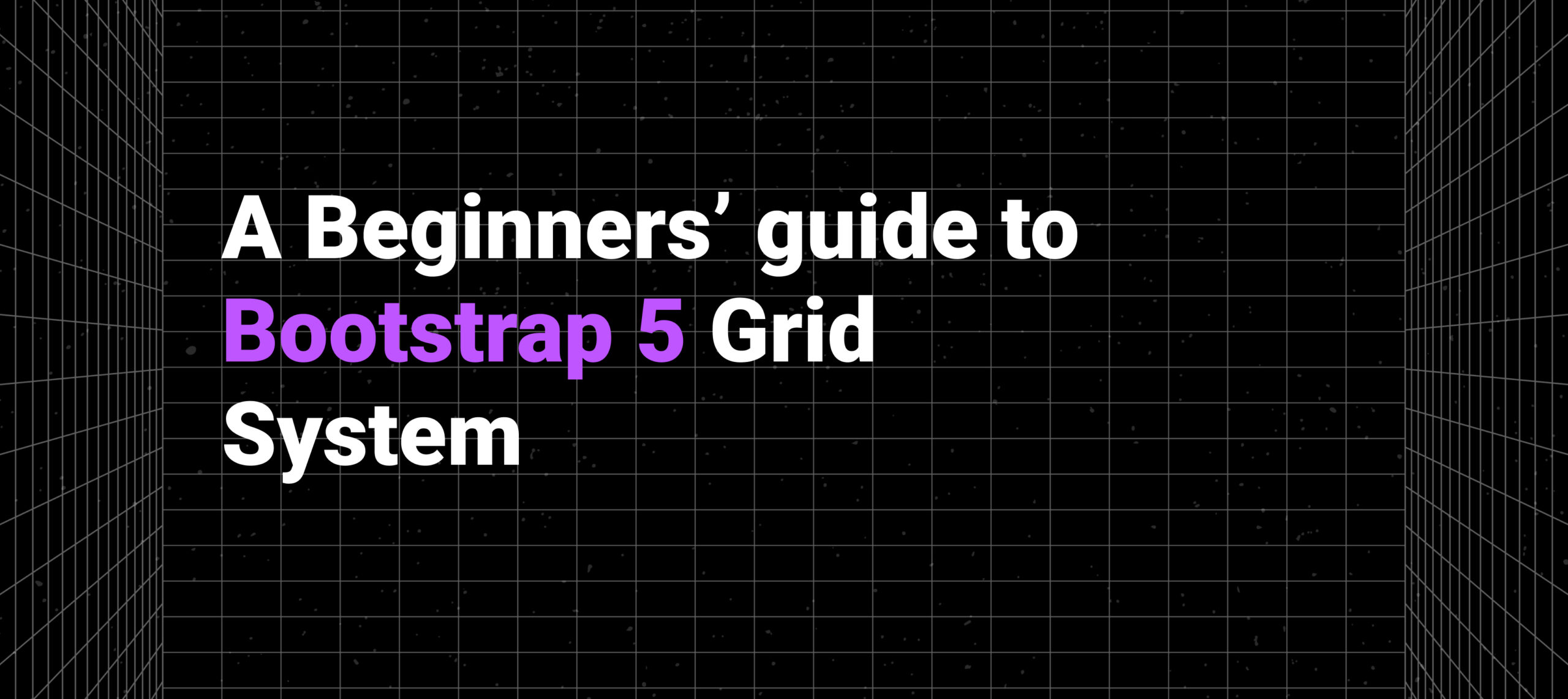Have you ever struggled with creating a responsive website layout that works seamlessly across multiple devices?
If so, you’re not alone. Developing a website that looks great on a desktop, tablet, or mobile device can be a daunting task. But thankfully, Bootstrap 5 is here to save the day with its powerful grid system. In this blog, we will cover everything you need to know about the Bootstrap 5 grid system.
What is Bootstrap 5?
Bootstrap is a popular front-end development framework that allows developers to create responsive and mobile-first websites. Bootstrap 5 is the latest version of this framework, and it comes with several new features and improvements over its predecessor, Bootstrap 4.
One of the most significant improvements in Bootstrap 5 is its grid system, which makes it easier for developers to create responsive layouts for their websites. Bootstrap 5 is packed with many more exciting features. Let’s take a closer look at how the Bootstrap 5 grid system works.
How Does the Bootstrap 5 Grid System Work?
The Bootstrap 5 grid system is based on a 12-column layout. Each row in the grid system is divided into 12 equal columns, and developers can use these columns to create their website layouts. The grid system is responsive, which means that the columns will adjust automatically to fit the screen size of the device on the website is being viewed on.
To use the Bootstrap 5 grid system, developers need to add a few CSS classes to their HTML elements. These classes define the layout of the element and how it should behave on different screen sizes.
The following is a list of the CSS classes that are used in the Bootstrap 5 grid system:
- .container: This class creates a container that holds all the elements in the website. The container has a fixed width, and its content is centred on the page.
- .row: This class defines a row in the grid system. Each row is divided into 12 equal columns.
- .col-{size}-{number}: This class defines the width of the column. The {size} parameter is used to define the screen size, and the {number} parameter is used to define the number of columns the element should span. For example, .col-sm-6 means that the element should take up six columns on screens that are at least 576px wide.
- .col-{size}-auto: This class is used to create an element that takes up the remaining space in a row.
Using these CSS classes, developers can create complex layouts that work seamlessly across different devices. The Bootstrap 5 grid system also includes several utility classes that can be used to modify the behaviour of elements, such as hiding or showing elements on specific screen sizes.
Advantages of Using the Bootstrap 5 Grid System
- Fast development: Instead of having to manually write CSS code to adjust the layout for different screen sizes, developers can simply use the pre-defined classes provided by Bootstrap 5. It saves you a lot of time and effort.
- Flexibility and customizability: Developers can modify the behaviour of elements by using utility classes, or they can create their own custom CSS classes to add more specific styles to their websites.
- Excellent documentation and large community: This means that if you encounter any issues or have questions about how to use the grid system, there are many resources available to help you.
Conclusion
The Bootstrap 5 grid system is a powerful tool that makes it easier for developers to create responsive layouts for their websites. By using the CSS classes provided by the grid system, developers can create complex layouts that work seamlessly across multiple devices. With Bootstrap 5, creating a responsive website is easier than ever.
